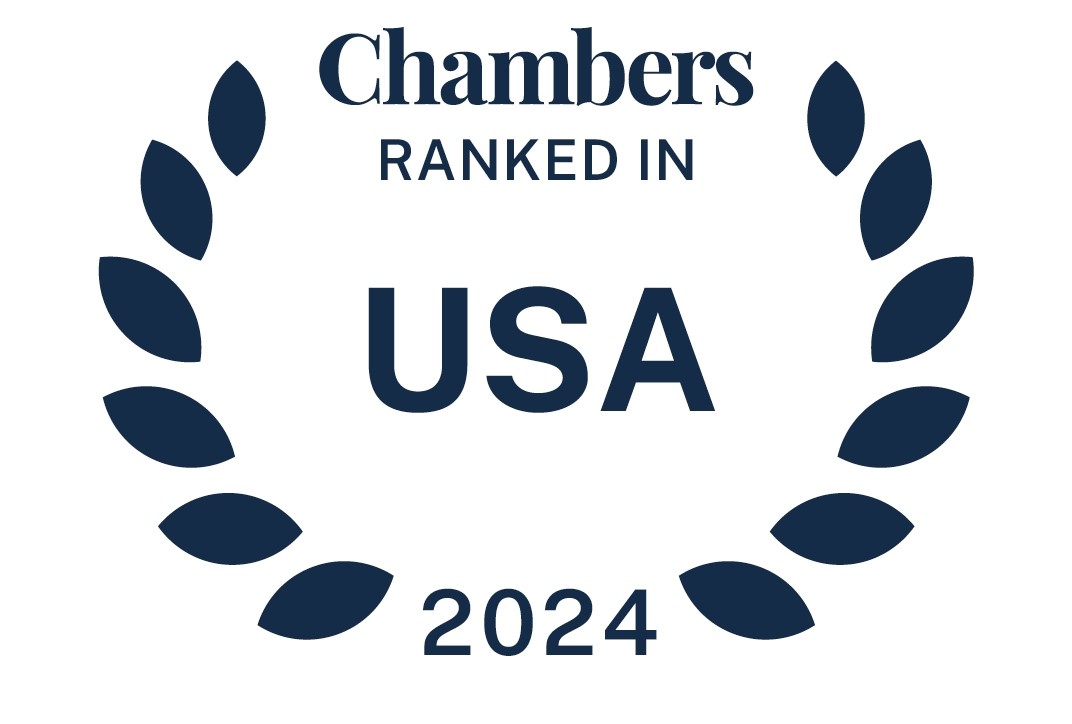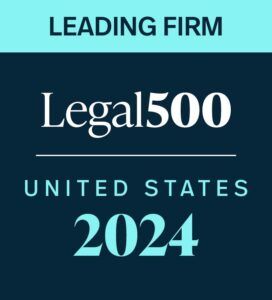The Employee Retention Credit (ERC), introduced under the Coronavirus Aid, Relief, and Economic Security Act in March 2020, was designed to help employers retain employees during the COVID-19 pandemic by offering a refundable tax credit against certain employment taxes. However, the processing and payment of ERC claims have faced significant delays, with many claims remaining unprocessed or disallowed by the Internal Revenue Service (IRS).
In this Bloomberg Tax article, Shawn O’Brien, Samuel Hamer, and Michael Scarduzio summarize each ERC stage and outline a taxpayer’s path to payment by stage.
read more

 Subscribe
Subscribe




